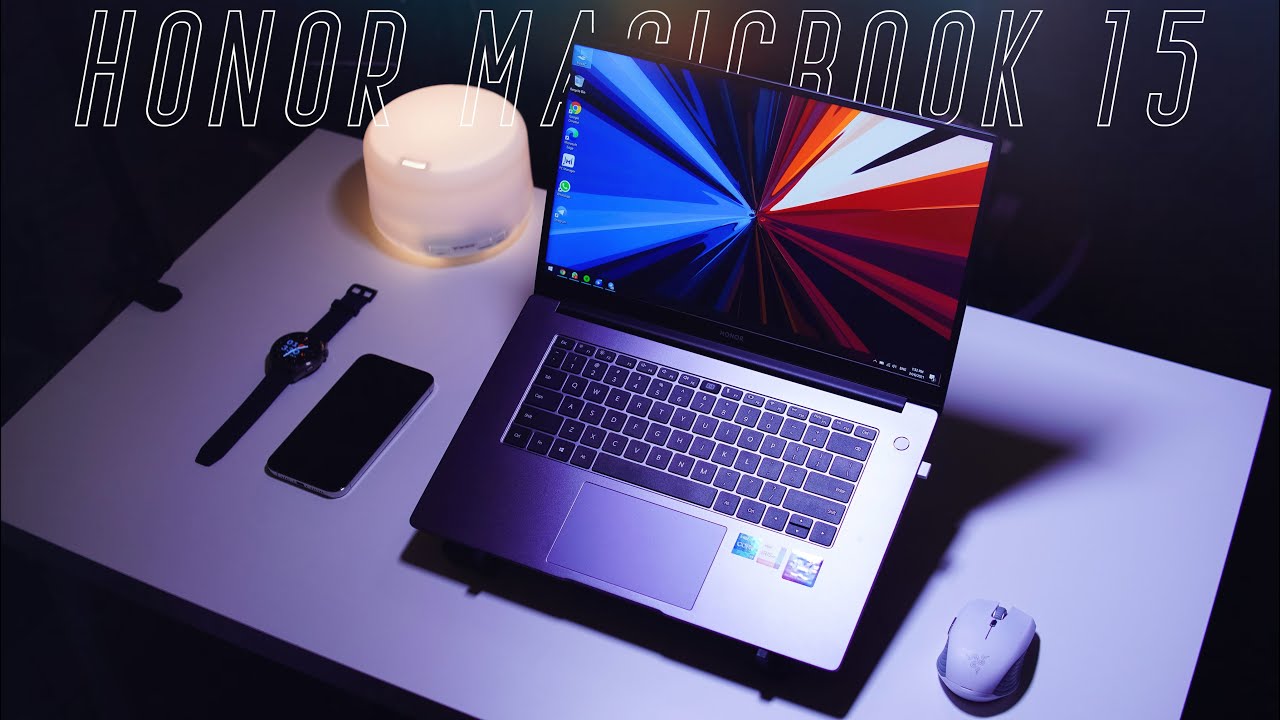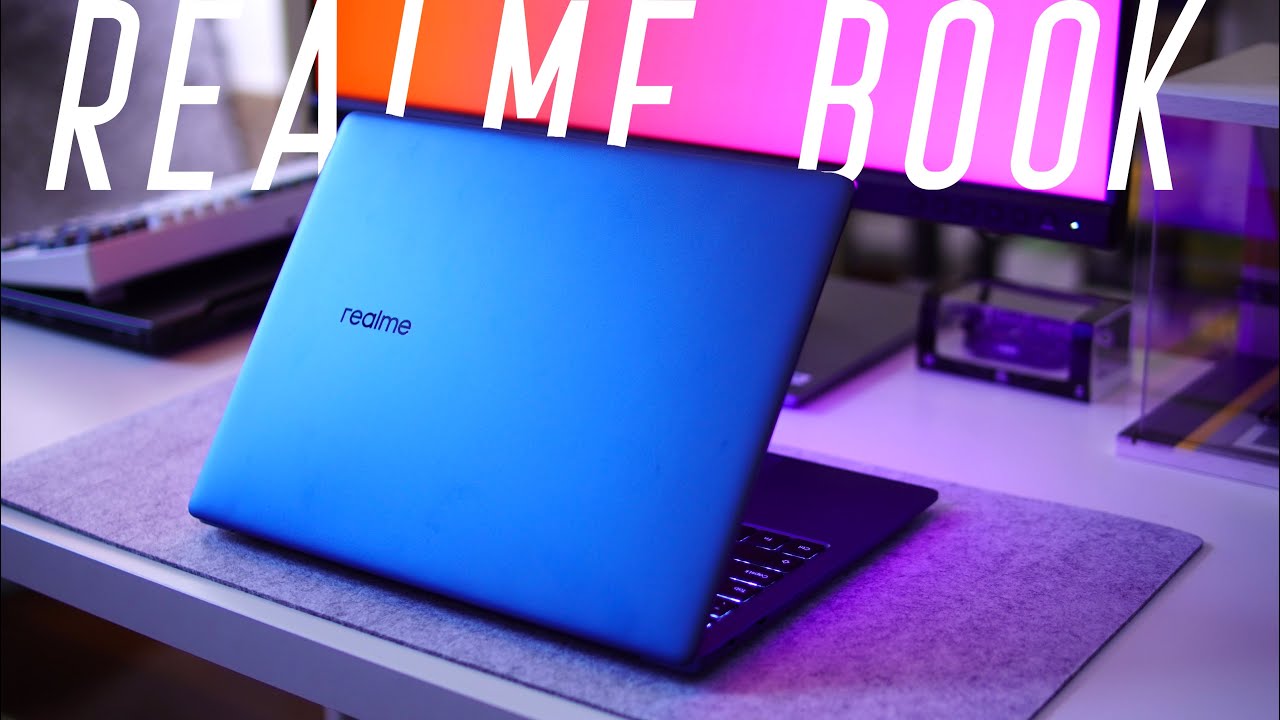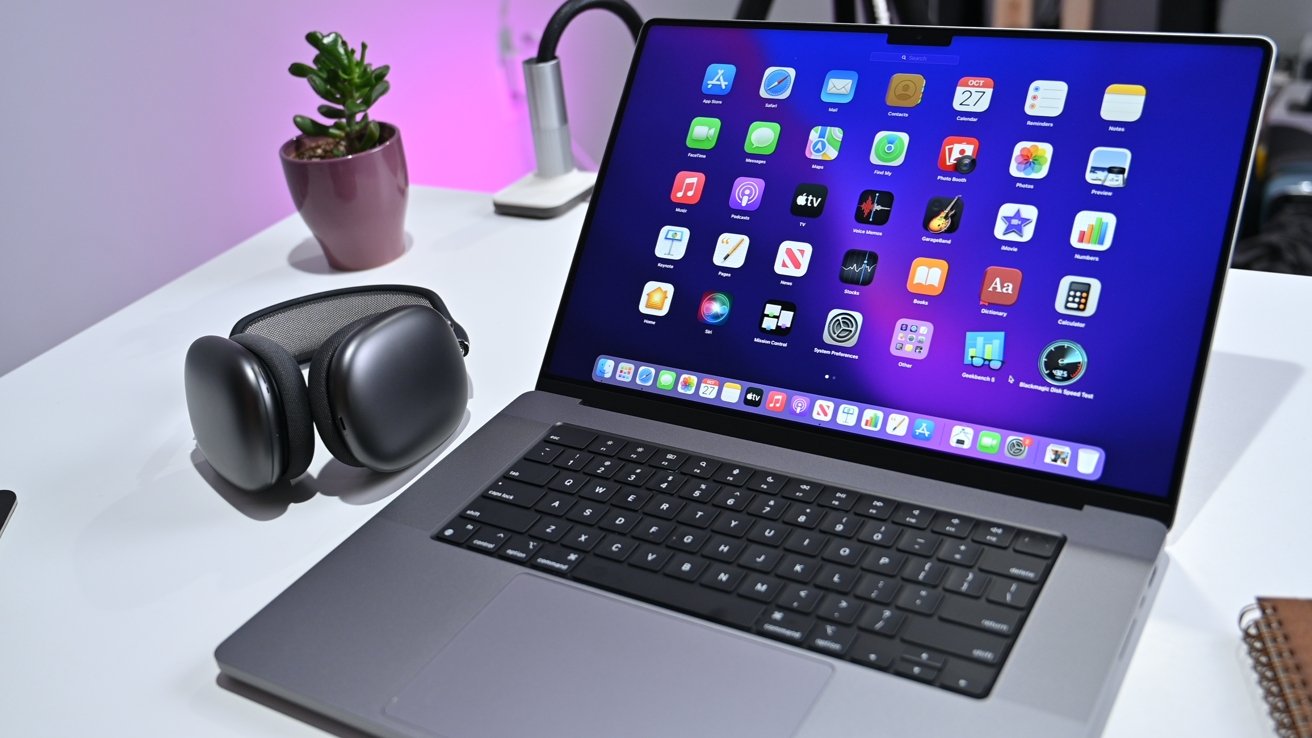
Alienware’s m15 R6 gaming laptop is a beast in games, but there’s at least one important issue holding back performance that you need to know about. Let’s find out about that by comparing it against other gaming laptops in games at 1080p and 1440p resolutions. I’ve got the top specced model with 8 core Intel i7-11800H processor, Nvidia RTX 3080 graphics, 16 gigs of memory and a 15.6” 1080p 360Hz screen. There are of course plenty of other lower specced and cheaper models than this one though, you can find examples linked in the video description below.
Now RTX 3080 graphics in the m15 R6 can boost up to 125 watts with Nvidia’s dynamic boost, but once the CPU was also active I found this lowered to around 115 watts. Alienware’s Command Center software can be used to change performance modes. All testing here was done with full speed for best results, but this doesn’t apply any GPU overclocking. The m15 R6 does have a MUX switch to disable optimus, but it only becomes available after a BIOS update, so we can turn off the integrated graphics to get a speed boost in games and this is how all of the game testing has been done. Unfortunately the only way to change the MUX switch is through the BIOS.
Not the end of the world because even if there was a setting in Windows to swap it you’d still have to reboot. It’s just a bit less convenient, especially for newer users that might not be familiar with booting into the BIOS. A simple software option through the software would be much preferable. Just before we get into the gaming performance let’s discuss the screen, given that’s what you’re going to be looking at while playing games. The average grey-to-grey screen response time is one of the faster results I’ve recorded, which I was expecting from a 360Hz screen, but with such a high refresh rate we’re after 2.
8ms for all transitions to occur within the refresh window. The relatively faster screen combined with top end hardware and lack of optimus is why the total system latency is one of the better results. This is the total amount of time between a mouse click and a gunshot fires on the screen in CS:GO, so yeah potentially a good option for an esports player. Now although this is the top end spec of the m15 R6, Alienware are still shipping it with the slower x16 memory.
I get that it’s probably due to supply shortages and all that, but it still sucks when you’re paying Alienware money for a top end spec like this, and I’ll show you the difference a memory upgrade can make soon.
Alright so now that we know a bit more about the m15 R6 let’s see how well it compares against other gaming laptops in games. Cyberpunk 2077 was tested the same on all laptops, and I’ve got the m15 R6 highlighted in red. The result is excellent here, as we’d expect from a gaming laptop with RTX 3080 graphics with a mux switch, though the higher wattage 3070 in the Legion 5 Pro just above it was slightly ahead. The other 3080 options ahead of it are all with laptops with both higher tier CPU and higher wattage 3080s that have double the VRAM, so I’d say this result is about where we’d expect to see.
I’ve also tested this game at the higher 1440p resolution by connecting an external screen, because it is also available with a 1440p 240Hz screen option too.
The m15 R6 was doing great here, again only behind other 3080 laptops that both have higher tier processors, higher wattage 3080s, and double the VRAM capacity. Red Dead Redemption 2 was tested with the game’s benchmark, and the m15 R6 wasn’t doing as well in this game. I mean it’s just 1 FPS ahead of the 3080 in the much smaller Razer Blade 14 with lower GPU power limit, and there are a number of 3070 laptops outperforming it too, so what gives? I’m certain the problem here is the slower x16 memory that the laptop ships with. I’ve noticed that this test in particular generally sees reasonable improvements with x8 memory, so that seems to be holding it back.
Generally the RAM difference matters less at higher resolutions as we become more GPU bound, though there were still some laptops with lower tier 3070 graphics but with higher wattage that were able to perform better than the 3080 in the m15 R6.
Control was tested running through the same part of the game on all laptops, and the m15 R6 was now much higher than the last game. This would be because Control is typically a very GPU heavy game, even at 1080p, so the slower memory is less of an issue here. Like Cyberpunk earlier, it’s only getting beaten by larger laptops with higher tier processors that have higher wattage 3080s with double the VRAM capacity, so a pretty great result. Even at the higher 1440p resolution it’s still doing quite well, running above 60 FPS at max settings is certainly playable here, granted you could of course enable DLSS if you wanted to boost the frame rate even higher.
All of those laptops that we just compared were tested with their stock memory that they ship with out of the box, because I feel like chances are most people probably aren’t going to go out of their way and spend even more money straight away to upgrade their memory. Now let’s find out what sort of a speed boost we can get by swapping the memory in the m15 R6 to some basic x8 sticks.
Shadow of the Tomb Raider was tested with the game’s benchmark, and I’ve got two results for the m15 R6 now. With its stock memory it was running at 120 FPS, still an excellent result, but with the simple upgrade we’re able to boost average FPS by 6%. Sure it’s not a whole lot, but it’s just an example of what may be left on the table, and I’d argue that if you’re spending so much on a top spec model like this you’re probably after all the performance you can get.
Now the frame rate differences will of course depend on the specific game, setting level and resolution. But in general basic x8 memory is faster than what Alienware are shipping this with. The memory sticks I’ve tested with are linked in the description below. Alright now that we’ve seen how the m15 R6 compares against other gaming laptops let’s see how well it does in even more games at all setting levels. Apex Legends has made a comeback due to popular demand, even if it is difficult to consistently test because you’ve got to get the right map, land in the right area and not get killed.
Rant aside, it was still running perfectly smoothly even with all settings maxed out, just below 200 FPS. Call of Duty Warzone was also tested with all settings either at minimum or maximum, and this is because these games don’t have built in setting presets. Again it was running perfectly fine even at max settings at 1080p, as you’d expect with top spec hardware, though even minimum settings isn’t exactly taking advantage of the 360Hz screen. Fortnite on the other hand can at least get the average frame rate close to the screen’s refresh rate at medium settings, while the low setting preset easily surpasses this if you’re after the best possible experience, granted for most people I think high and epic settings were still playing nicely while looking better. We compared control earlier, but now let’s see how ray tracing and DLSS go.
I’ve got the stock results shown by the purple bars. With ray tracing enabled in the green bars it’s actually still running above 60 FPS max settings, quite an impressive result which is no doubt due to the RTX 3080 graphics, but enabling DLSS in combination with ray tracing in the red bars was able to offer a fairly big performance boost.
Cyberpunk was also compared earlier, but I’ve got the RT plus DLSS enabled modes here at the top now too. Again still around 60 FPS even with the max ray tracing setting preset plus DLSS on quality mode, a great result for a gaming laptop, while above 100 FPS was possible at low settings. Microsoft Flight Simulator doesn’t need a super high frame rate to play well, high-end settings still offers a combination of visual quality while maintaining above 60 FPS, at least in the Sydney landing challenge that I test with, but again above 100 FPS was possible at low settings.
Assassin’s Creed Valhalla was tested with the games benchmark, and this is a great result from a laptop, realistically I say that basically any time max settings is above 60 FPS, because let’s face it that’s impressive from an Ubisoft game. Similar deal for Watch Dogs Legion, around 70 FPS at max settings in the games benchmark with not a whole lot of improvement at lower setting presets, though like many other titles this game has DLSS support if you’re after a further performance boost. Unfortunately there are only so many hours in the day and we can’t test all games with DLSS too. CS:GO was doing extremely well here. Basically this test always smashes super high FPS any time there’s a MUX switch, without that even with the high end CPU and GPU we’d probably be seeing 100 to 200 FPS lower, and that’s because the iGPU just becomes too much of a bottleneck with super high frame rates.
Likewise Rainbow Six Siege was able to hit super high frame rates for the same reason – that combination of MUX switch and high specs. Esports titles like this generally see good improvements in changing the RAM from x16 to x8 too, but hey even at max settings here we’re close to the screen’s refresh rate so I’ll let that slide. I should also note that esports titles like this are really the only time you’re going to make use of the 360Hz screen, otherwise I’d probably go for 1440p personally. Red Dead Redemption 2 was compared earlier, and the high settings I compared with looks like a good sweet spot. That said max settings was still running above 60 FPS, but there is just a reasonable FPS boost lowering one setting level, and then the differences between medium and low settings weren’t as large comparatively.
Shadow of the Tomb Raider was doing exceptionally well, though as we saw earlier the RAM change could boost it up to 127 FPS – a 6% gain. Battlefield V was running extremely well too, I’ll swap this one out for the newer 2042 version once it releases soon.
Speaking of older titles, The Witcher 3 was also running fine at max settings, though we could get quite a big boost by lowering the settings a little to take advantage of that 360Hz screen, granted you don’t exactly need a super high frame rate to enjoy it. I’ll cover absolutely everything else like thermals, battery life and more in the upcoming full review video, so make sure you’re subscribed to the channel for that upcoming content. Come and join me and the community in Discord and get behind the scenes videos by supporting the channel on Patreon, otherwise for now come and check out one of my other videos over here next, I’ll see you in one of those.
Read More: RX 6600M vs RTX 3060 – Comparing EVERYTHING!


